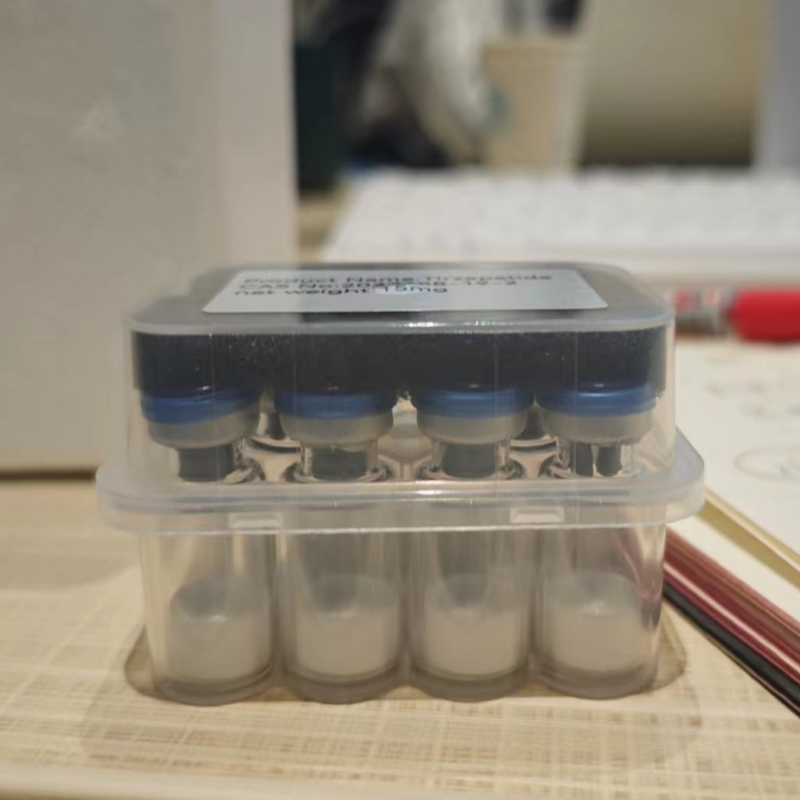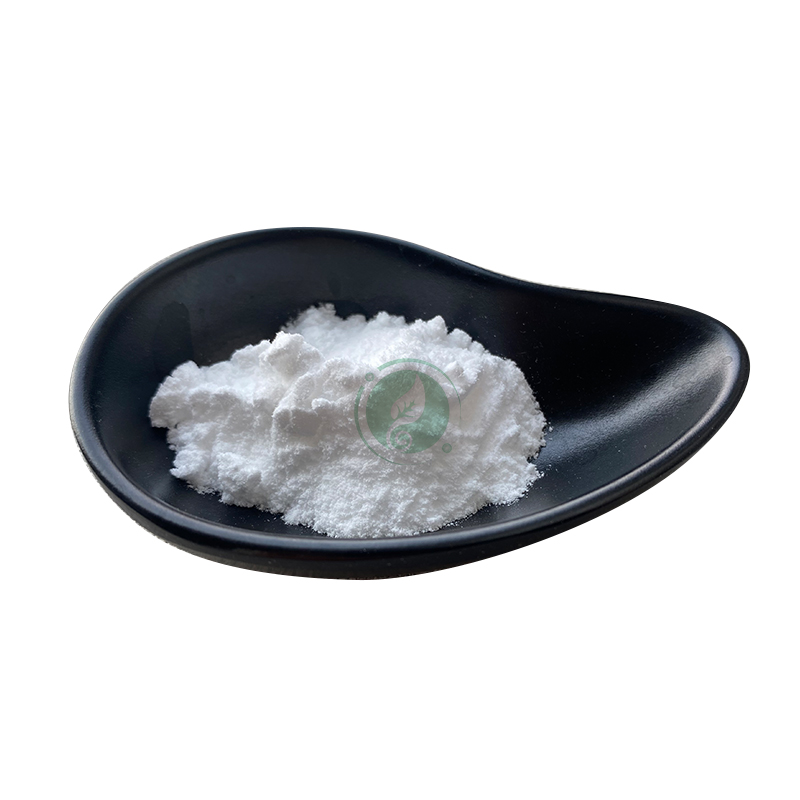-
Categories
-
Pharmaceutical Intermediates
-
Active Pharmaceutical Ingredients
-
Food Additives
- Industrial Coatings
- Agrochemicals
- Dyes and Pigments
- Surfactant
- Flavors and Fragrances
- Chemical Reagents
- Catalyst and Auxiliary
- Natural Products
- Inorganic Chemistry
-
Organic Chemistry
-
Biochemical Engineering
- Analytical Chemistry
-
Cosmetic Ingredient
- Water Treatment Chemical
-
Pharmaceutical Intermediates
Promotion
ECHEMI Mall
Wholesale
Weekly Price
Exhibition
News
-
Trade Service
01 What is tumor targeted therapy?
Tumor targeted therapy refers to a treatment method that targets drugs or biological products that inhibit the growth and development of tumors to the local area of tumor tissues so as to reduce the toxic and side effects on normal tissues and organs
.
Tumor targeted therapy is also called "molecular targeted drugs", "precision medicine" and so on
Tumor targeted therapy is very different from traditional radiotherapy and chemotherapy:
The scope of action is different:
Targeted therapy works by targeting tumor-related targets to the local tumor.
Most chemotherapeutic drugs can kill all cells (normal cells and tumor cells) that are in the rapid division phase
.
Different screening methods:
Targeted therapies are screened based on their ability to interact with the target.
The screening criteria for chemotherapeutic drugs is whether they can kill cells
.
The mechanism of action is different:
Targeted therapy drugs usually only inhibit cell growth, while traditional chemotherapeutic drugs have the cytotoxicity of killing cells
.
02 Selection of tumor target drug targets
Before the screening of tumor-targeted drugs, a very important link is to confirm the target, that is, to find the difference between tumor tissue and normal tissue.
There are mainly the following methods:
One is to find some proteins that are expressed in tumor cells but not in normal cells, especially these proteins play an important role in tumor growth and survival
.
For example, the human epidermal growth factor receptor 2 (HER-2) protein is selected as a target because it is highly expressed on the surface of many tumor cell membranes, and many targeted therapeutic drugs are aimed at this target
Another target is a protein that has been mutated or changed on tumor cells
.
These mutated proteins promote the immortalization of normal cells and the deterioration of tumor cells .
Compared with normal cells, some tumor cells have staining abnormalities, resulting in some fusion genes fused with two different genes.
The products of these genes are called fusion proteins.
Fusion proteins may promote the occurrence of deterioration, so these fusion proteins are also tumors.
Targets for targeted drugs
.
For example, the BCR-ABL fusion protein appears on some white blood cells and promotes the deterioration of cell division.
03 Screening of tumor-targeted drug targets
Once the target is selected, the next goal is how to develop a drug or biological product that can affect the target protein's function of promoting cell hyperproliferation
.
For example, targeted drugs can be used to block the binding of the target to its receptor, thereby inhibiting the function of the target
Tumor-targeted drugs can be divided into two categories: small molecule drugs and monoclonal antibodies
.
Small molecule drugs can penetrate the cell membrane and enter the interior of the cell, so they are generally used to interfere with the activity of intracellular target proteins
Small-molecule tumor-targeted drugs are generally selected from thousands of small molecules in high-throughput screening.
The pre-screened small molecules that have an effect on the target protein are further chemically modified to improve their effect and reduce Off-target effect
.
The screening of monoclonal antibody targeted drugs requires that the target protein be purified first, and the animal is immunized with the target protein to make the animal produce antibodies against the target protein
.
These antibodies will also undergo further screening to select clones with high affinity and low off-target effects
04 Naming of Targeted Tumor Drugs
A tumor-targeted drug will have many different names from development to marketing
.
In the development stage, a drug will have one or more codes that indicate its chemical composition
The generic name of a targeted drug provides relevant information about the drug, such as its category and target
.
Monoclonal antibody drugs generally end with the root of "-mab" (monoclonal antibody), and small molecule targeted drugs generally end with "-ib" (inhibitor)
.
Monoclonal antibody drugs also have some specific stems to indicate the source of the components, for example: "-ximab" means mouse-human chimeric monoclonal antibody, "-zumab" means humanized monoclonal antibody, "-mumab" "Means a fully human monoclonal antibody
.
Whether it is a monoclonal antibody or a small molecule drug, specific stems are used to indicate the drug's target
.
For example, in the name of a monoclonal antibody drug, "-ci-" means targeting the circulatory system, "-tu-" means targeting the tumor tissue, and "-li(m)-" means targeting the immune system
.
In the name of small molecule drugs, “-tin-” means tyrosine kinase inhibitor, “-zom-” means proteasome inhibitor, “-cicl-” means cyclin-dependent kinase inhibitor, “-par-” means ADP Ribose polymerase inhibitor
.
E.
g:
At present, many tumor-targeted drugs have been approved by the FDA for the treatment of different tumor patients, and some drugs can also be used to treat a variety of tumors
.
For specific tumor targeted therapy drugs, please refer to the website of the National Cancer Institute https://
.
05 Limitations of tumor-targeted drug targets
Tumor-targeted drugs are not a panacea, and in some cases, tumor-targeted drugs cannot function normally
.
For example, when the target protein is mutated in the target tumor, the targeted drug cannot target the tumor and thus becomes ineffective
.
Or when tumor cells find other mechanisms that do not depend on the target protein to proliferate and grow, even if the original target is inhibited, the growth of the tumor cannot be inhibited
.
Therefore, in these cases, simple tumor-targeted drugs cannot completely inhibit the growth of tumors, which requires the introduction of other treatment methods for combination therapy
.
The study found that using two targeted drugs to target different targets of melanoma caused by BRAF V600E can better control tumor growth than single-target targeting
.
In addition, there are also studies on treatment methods that combine tumor-targeted drugs with one or more traditional treatment methods
.
For example, combining the targeted therapy drug Trastuzumab (Herceptin®) with the chemotherapy drug Docetaxel can better control HER2/neu overexpression of metastatic breast cancer
.
Due to the special structure of some target target proteins, it is difficult to screen out the small molecules or antibodies that they target.
Therefore, this is also one of the limitations of tumor-targeted drugs
.
For example, there are mutations in the protein Ras in many tumors, and it is difficult to screen suitable drugs with the current technical methods of drug development
.
But with the advancement of technology and the emergence of new methods, these limitations are expected to be overcome
.
06 Side effects of tumor-targeted drug targets
Compared with traditional chemotherapeutics, tumor-targeted drugs have greatly reduced side effects, but they also have toxic side effects
.
Such as diarrhea, abnormal liver function, hepatitis and so on
.
In addition, skin problems such as rash, dry skin, abnormal blood clotting function, and high blood pressure may also occur
.
But sometimes the appearance of side effects also indicates a better prognosis.
For example, when Erlotinib (Tarceva®) or Gefitinib (Iressa®) is used, patients with symptoms such as skin rash will respond better to the drug
.
07 Conclusion
At present, targeted tumor therapy has taken the lead in the development of anti-tumor drugs and has become the cornerstone of precision medicine
.
More and more anti-tumor drugs have been approved by the FDA for marketing.
At the same time, a large number of promising anti-tumor drugs are in preclinical and clinical trials.
Humans have taken another great step towards the goal of overcoming tumors
.







